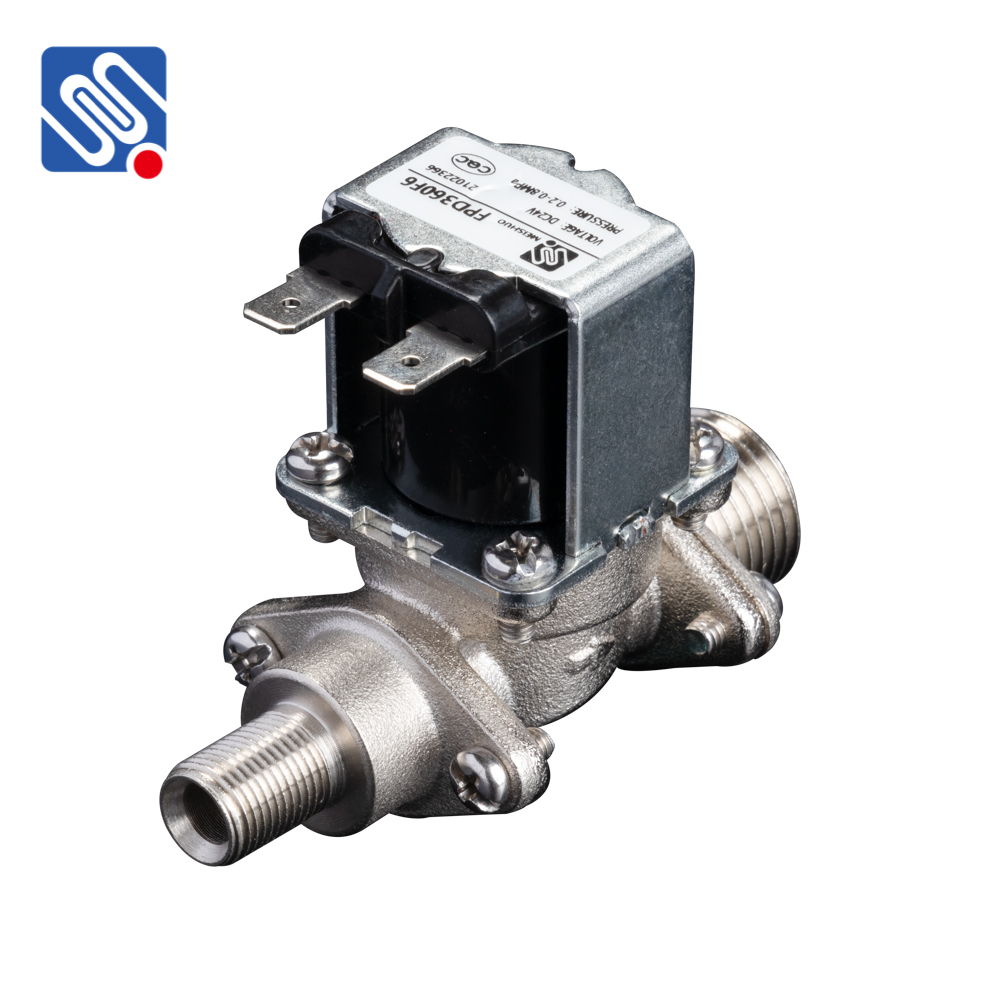understanding flow control solenoid valves: functions, applications, and benefits
Release time:2025-08-08 03:12:46
Flow control solenoid valves play a critical role in regulating fluid flow in various systems by offering precise control over the rate and direction of fluid. These valves are powered by solenoids, which are electromagnetic devices, and are widely used in industries ranging from automotive to manufacturing, HVAC, and automation. In this article, we will explore the working principle, functions, applications, and benefits of flow control solenoid valves.

What is a Flow Control Solenoid Valve?
A flow control solenoid valve is an electromechanical device that adjusts the flow of liquids or gases in a piping system. The valve operates by using an electric current to control the solenoid, which in turn adjusts the opening of the valve. This allows precise control over the flow rate of fluids in the system. The solenoid coil, when energized, creates a magnetic field that pulls or pushes a plunger, changing the valve's position to either open or close the passageway.
These valves can be used for both regulating flow and providing directional control, depending on the specific design and application. Typically, flow control solenoid valves come in a variety of configurations, including normally open (NO) and normally closed (NC) types, each offering different control behaviors based on how the solenoid interacts with the valve mechanism.

